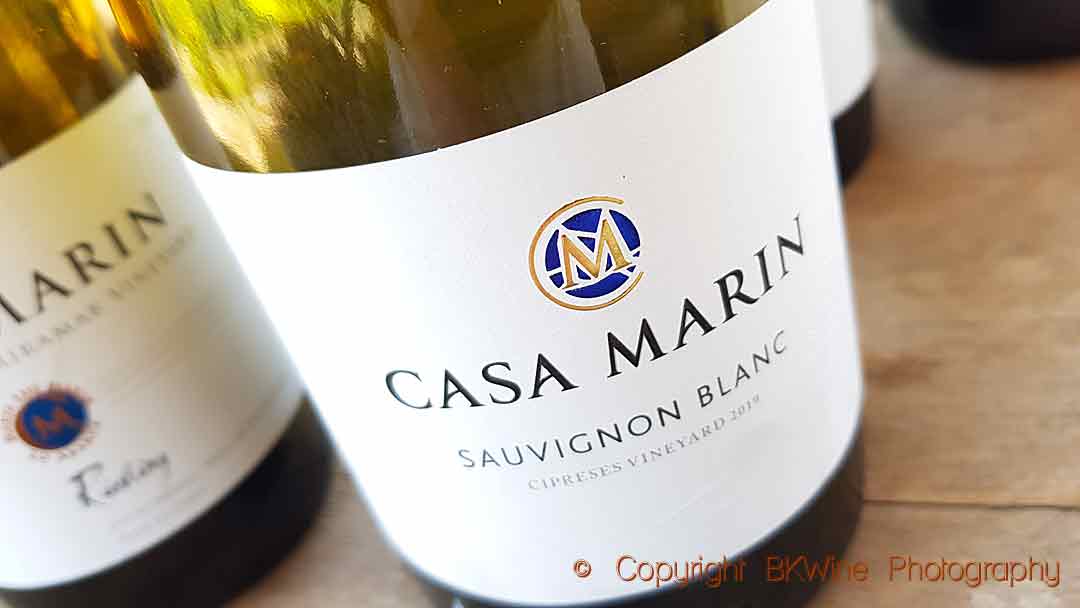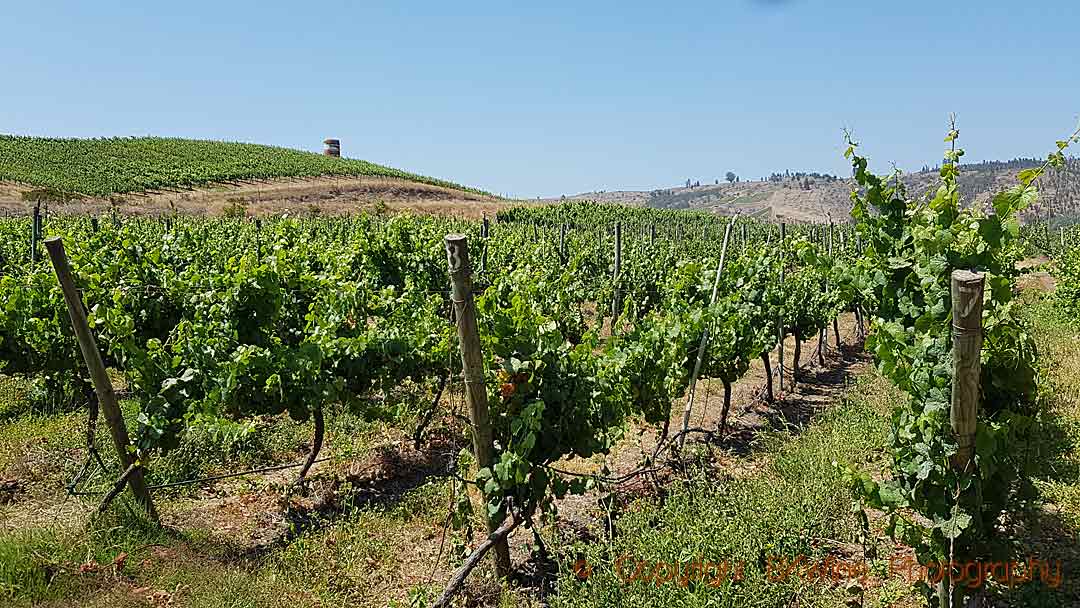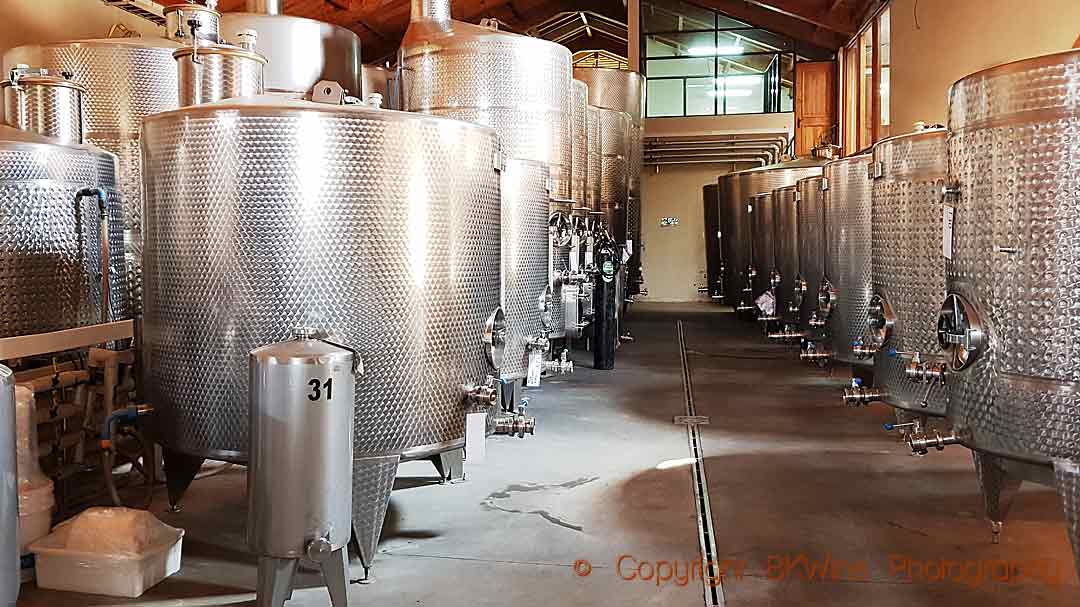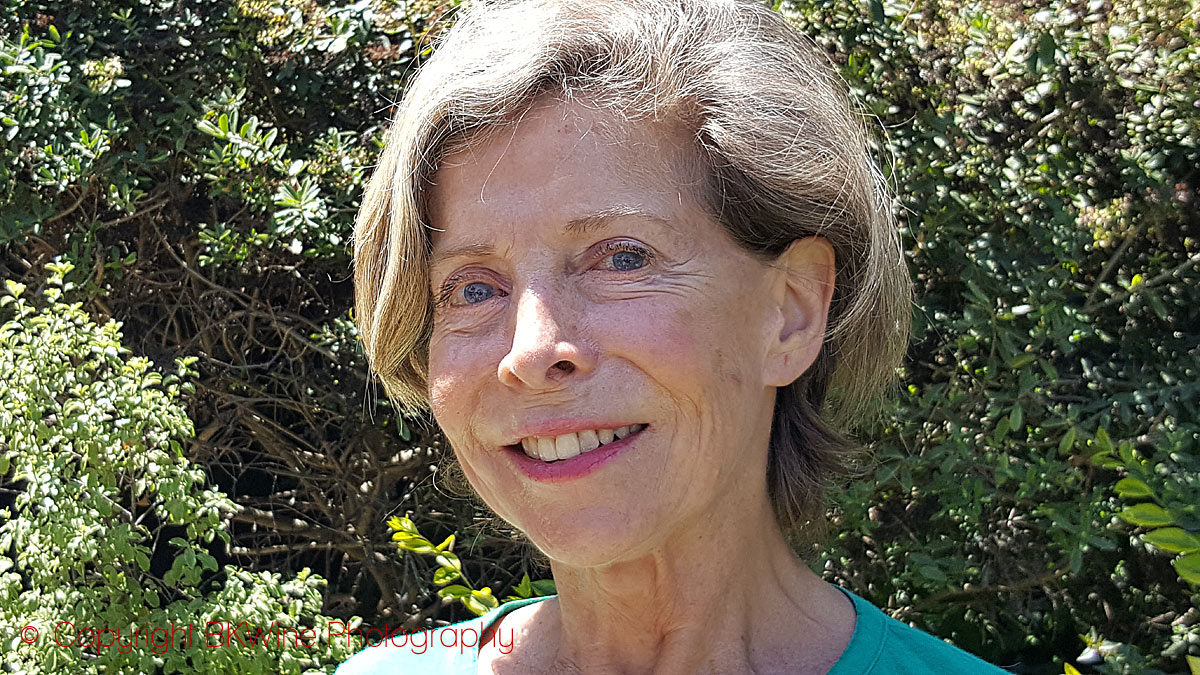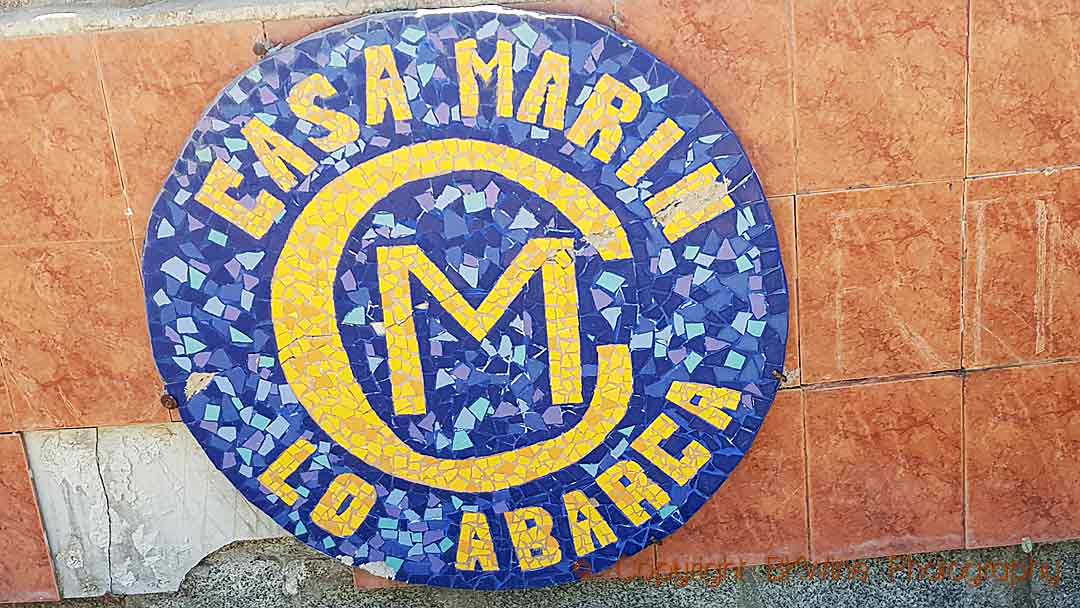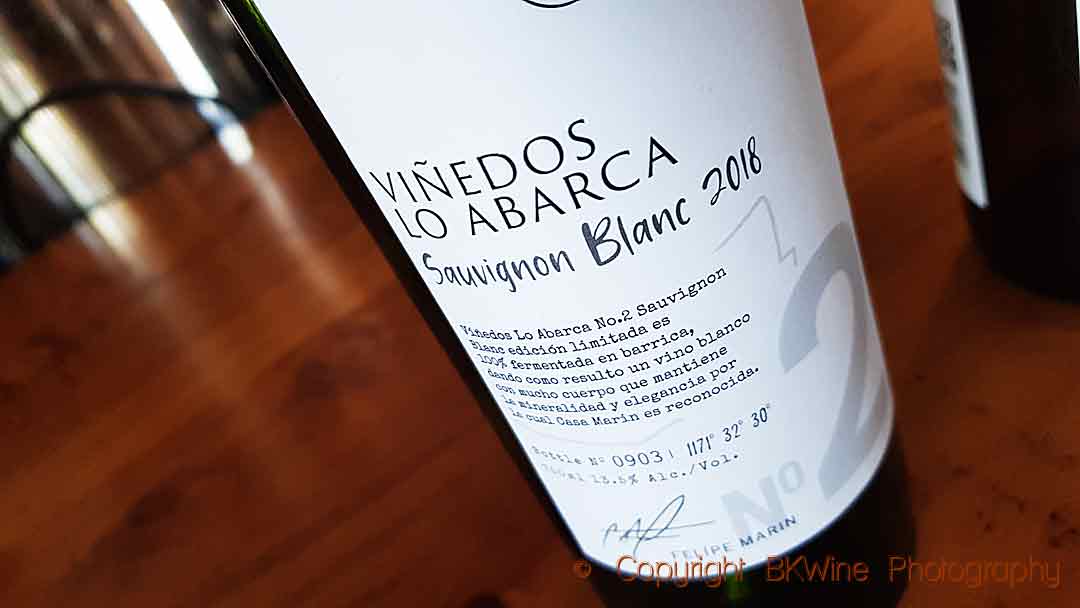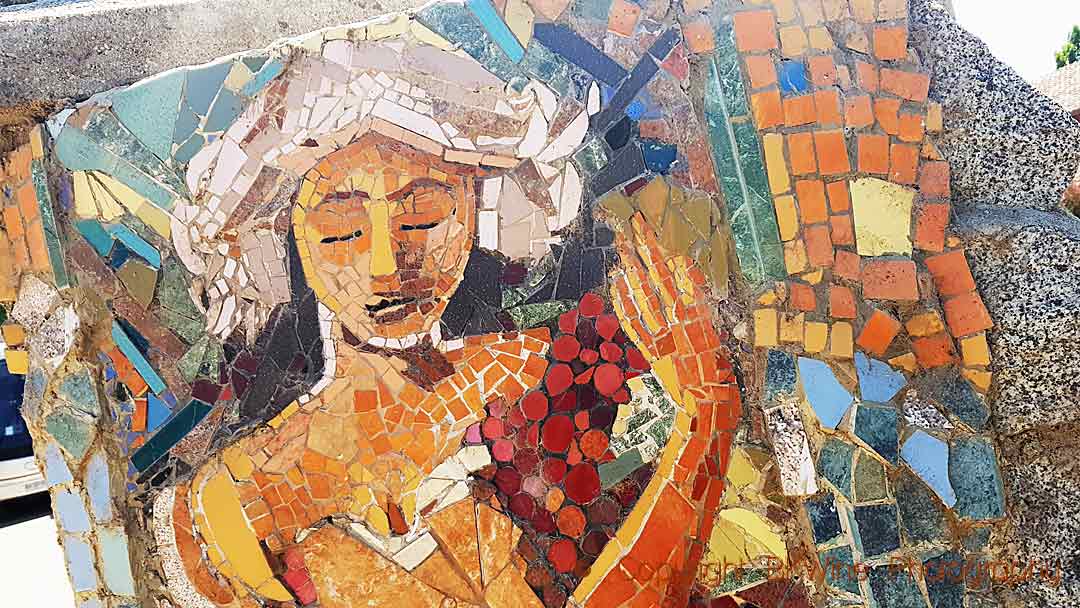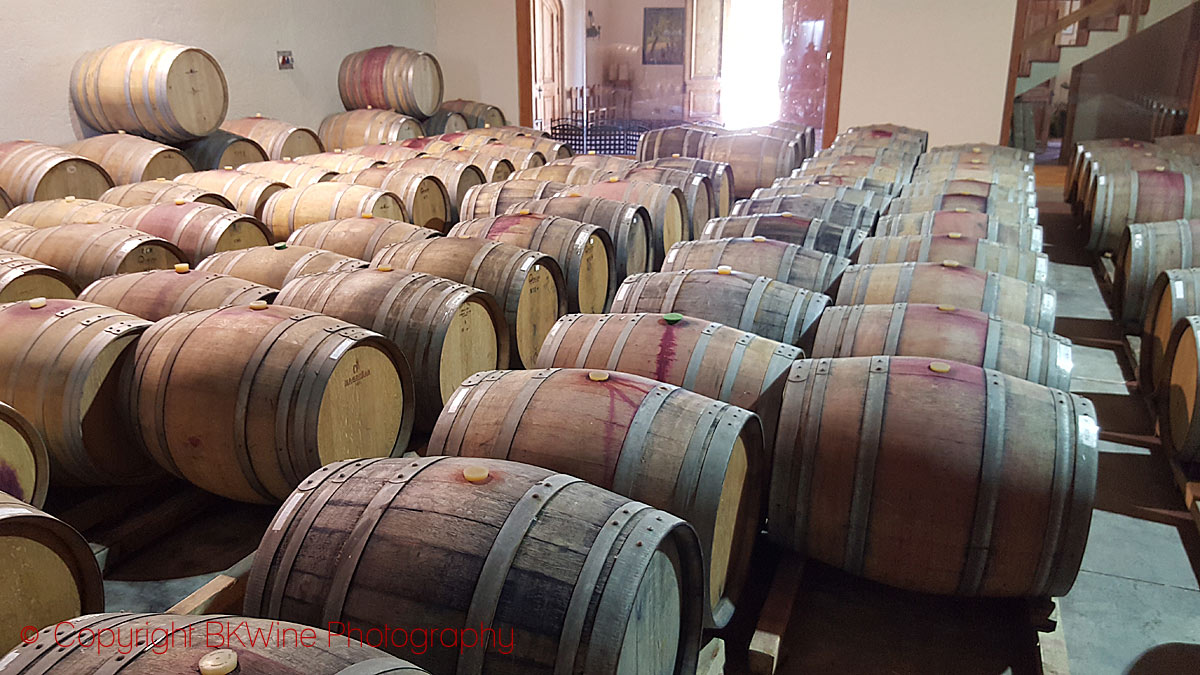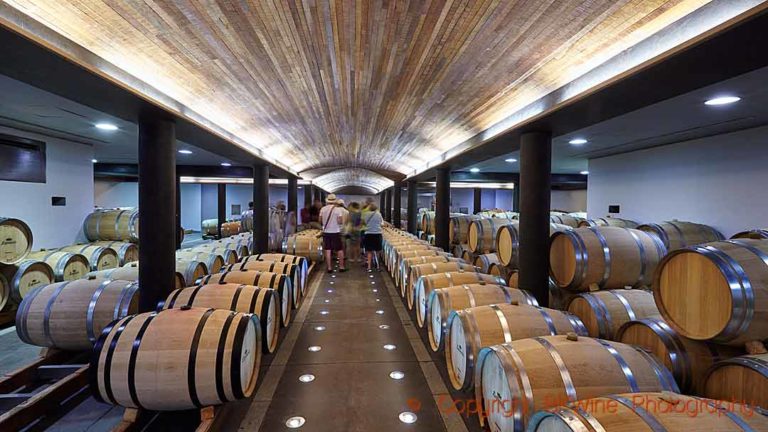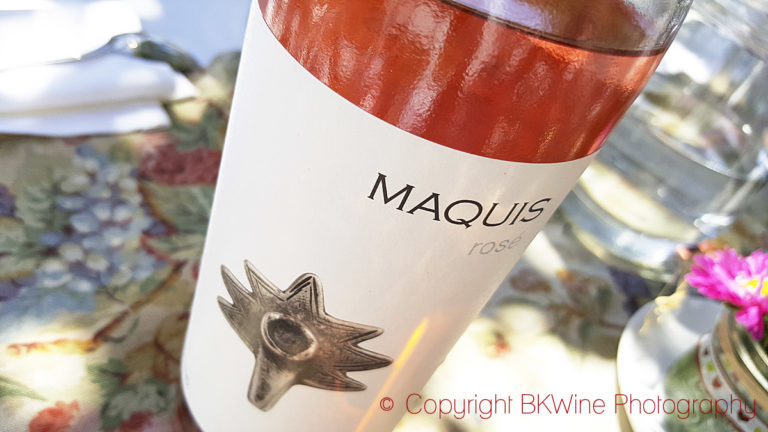Casa Marin is the wine producer who showed the world that you can make quality wines just a few kilometres from the cold Pacific Ocean in Chile. Last year, the Lo Abarca area of the San Antonio Valley even obtained its very own designation of origin.
We have visited Casa Marin once a year since 2017, they are on our wine tour itinerary. We have been impressed every time, not only by their Sauvignon Blanc but also by their Pinot Noir, Gewurztraminer, Grenache, Riesling… But Sauvignon Blanc is the family’s most important grape. It is planted on 16 of the estate’s 41 hectares.
Sauvignon blanc is also winemaker Felipe Marin’s favourite grape. It thrives here, with the cool breeze coming from the sea. “The temperature never goes above 27 degrees C,” says Felipe. “The ripening process is slow and the harvest is late. We get elegance and balance and a juicy saltiness in the wines.”
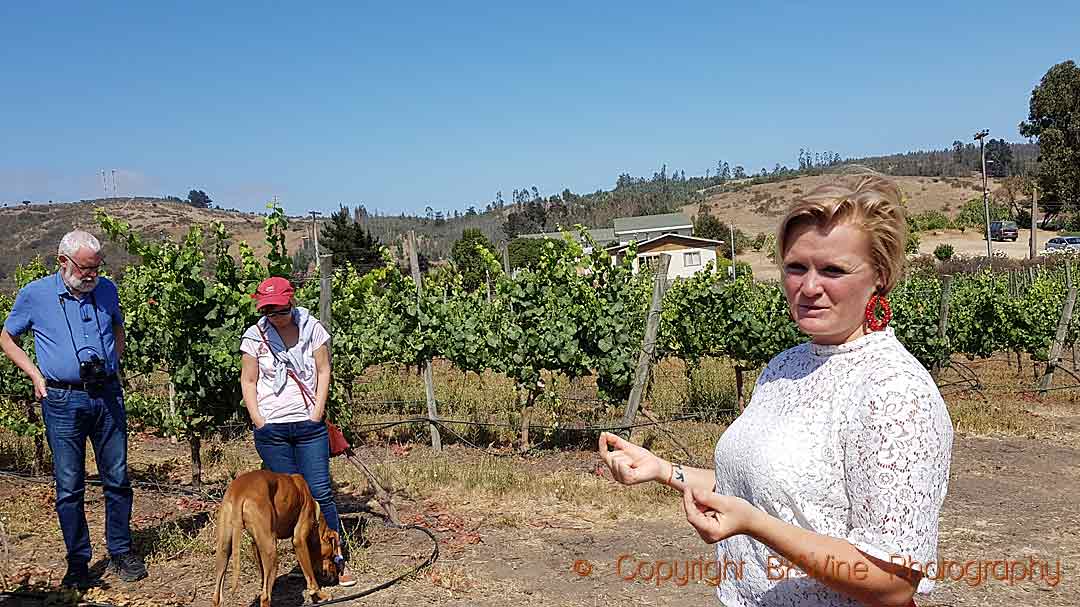
But consumers’ preconceived notions about a wine country can be difficult to change. Example: Chile is not supposed to make crispy Sauvignon Blanc; Chile makes hearty red wines. Jamie Verbraak, Marketing Director at Casa Marin and married to Felipe, is struggling to correct this misconception.
Yes, Chile is known for its red wines. But many wine lovers know that the country has been making fantastic white wines for some years now. Many of these wines come from the cool climates of Casablanca and San Antonio, near the Pacific Ocean. Casa Marin is located in the San Antonio Valley, one hour’s drive south of the mythical port city of Valparaíso.
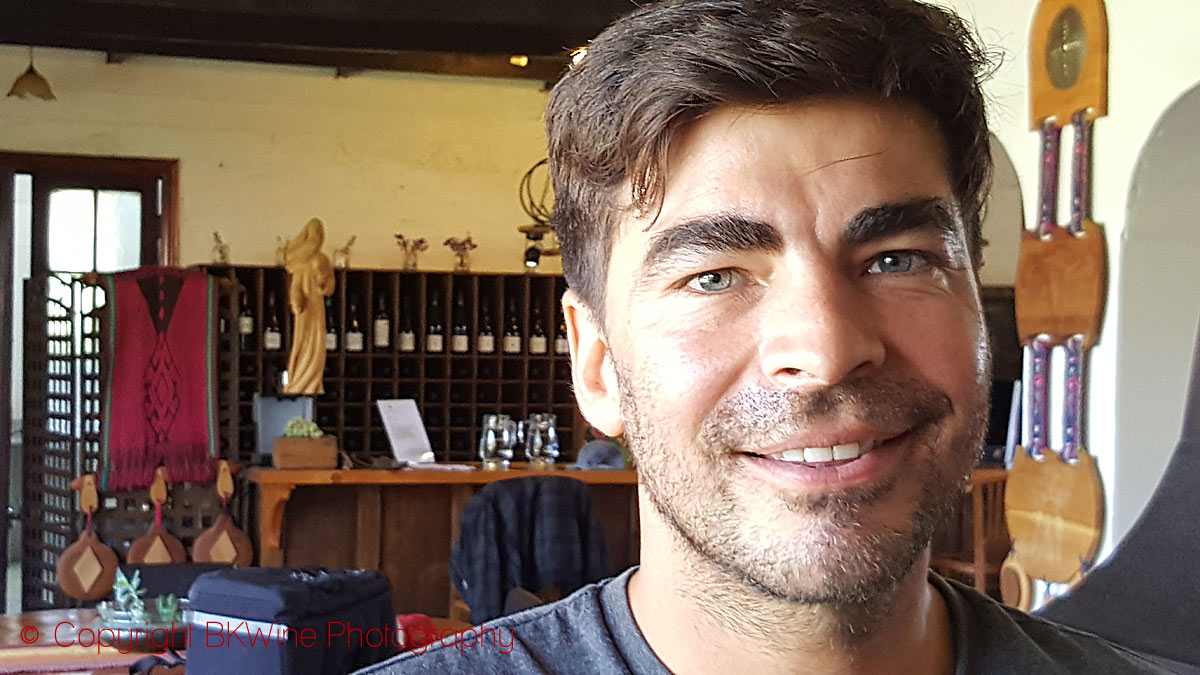
It was Felipe’s mother, Maria Luz Marin, who started the vineyard here in 2000. No one thought she would be able to make wine this close to the Ocean. Quite impossible, it’s way too cold, her oenologist colleagues said. But Maria Luz was quickly proved right.
Casa Marin’s 16 hectares of Sauvignon Blanc is planted on different soil types and with different exposures. The grapes for the estate’s flagship Sauvignon Blanc Cipreses grow on slopes where limestone dominates. “Limestone is unusual here on the coast,” says Felipe. Yields are very low when compared to other countries’ Sauvignon Blanc vineyards, only 4000 kg per hectare (~ 35 hl/ha).
Inside the cellar, the grapes get 24 hours of skin contact, which is also quite unusual for Sauvignon Blanc. It gives the wine a little added structure. Felipe uses cultured yeast for Sauvignon Blanc. “It will give me a cleaner fruit”, he says. For his red wines, he prefers the natural yeast.
Watch and listen to the winemaker, Felipe, talk about his Sauvignon Blancs in this video:
However, he is careful to use different types of yeast, at least three different yeast strains, so as not to get a one-dimensional Sauvignon Blanc. He ferments at very low temperatures, 9 to 11 degrees C. This way, he says, he will not lose any aromas. It means a long and slow fermentation of four weeks. He then keeps the wine for a few months on its lees to get a good mouthfeel and texture.
The result is a crunchy, clean and fine taste with hints of saltiness and with exotic fruit in the background. The grape character is there but it is not overly aromatic. A delicious wine, to put it simply.
Now Jamie just has to convince wine consumers around the world to look at Chile also for white wines. They will not regret it.
Casa Marin Sauvignon Blanc Cipreses 2019, Lo Abarca DO, Chile, was just released, price depending on your country but around 20 euro. If you live in Sweden it is available at Systembolaget.
Read more on Casa Marin: Casa Marin, a cool climate pioneer in Chile | Britt on Forbes.
[box type=”info” style=”rounded” border=”full”]
Discover many more exciting wines from Chile (and from Argentina) on the wine tour to South America with BKWine.
Travel to the world’s wine regions with the wine experts and the wine travel specialist.
[/box]
